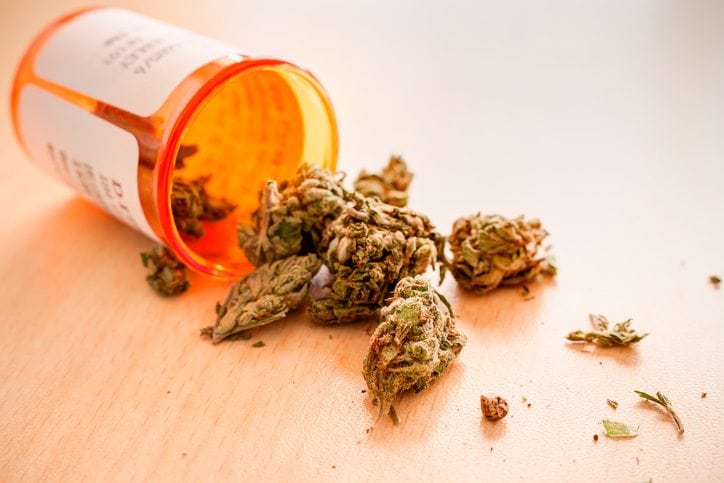<< Back
With Marijuana Legalized in State, Concern Shifts to Young Adults

June 24, 2021
With Gov. Ned Lamont’s signature this week legalizing the recreational use and possession of marijuana in Connecticut, addiction specialists with Hartford HealthCare’s Behavioral Health Network (BHN) urge caution and coinciding education.
In particular, limiting access to marijuana by adolescents and young adults will be important as the drug has a different impact on them than it does on adults.
“It’s essential that we limit access to adolescents and young adults because their brains are still developing and are more vulnerable to the negative consequences of THC (tetrahydrocannabinol), the psychoactive component of cannabis,” said Dr. J. Craig Allen, vice president of addiction services for the BHN and medical director of Rushford.
The new law limits use to people over age 21 starting July 1. Connecticut is the 19th state to enact such a law, which will allow people to have up to 1.5 ounces of cannabis on their person and up to 5 ounces in a locked container at home or in the glove box or trunk of their vehicle.
There is also language in the new law allowing the state Alcohol and Drug Policy Council to regulate the THC level in what is considered legal marijuana here, a step Dr. Allen said could help curb any related rise in cannabis use disorder.
Yet allowing people as young as 21 to purchase and use marijuana is what concerns him most.
“The negative consequences include addiction and neuropsychiatric problems for young adults,” Dr. Allen said. “An age limit of 24 was not adopted in the bill, so it will be really important to provide education and information about the potential risks to that population.”
He suggested transparency and education with a public health focus on safeguards and safety beginning immediately should help mitigate potential issues. Prevention strategies targeting people at highest risk for marijuana-related problems will be important.
These high-risk groups include:
- Adolescents.
- Young adults under 24 years of age.
- People with an existing substance use disorder or a history of one.
- People with psychiatric disorders.
- Women of childbearing age.